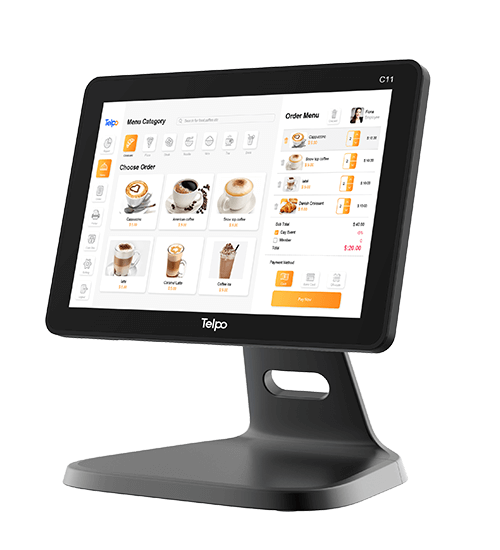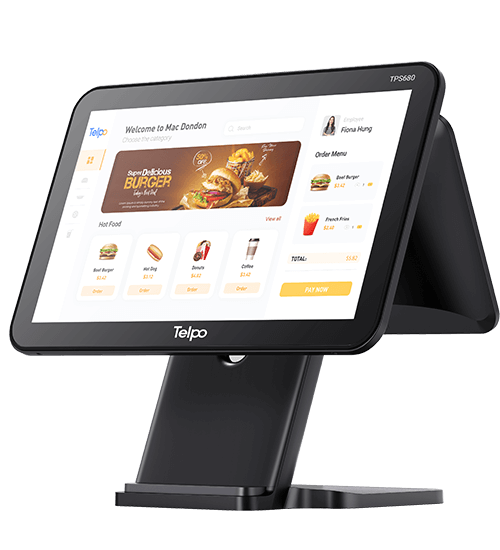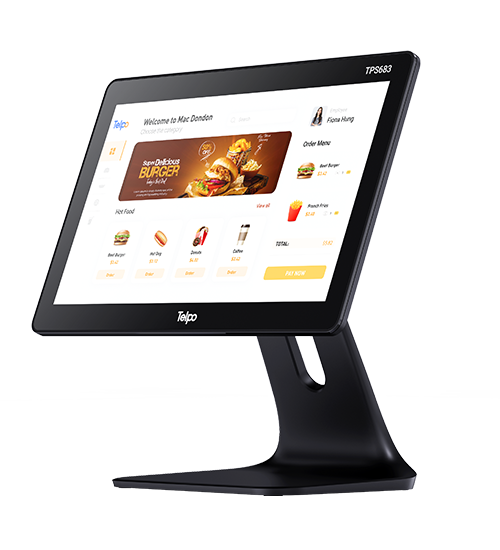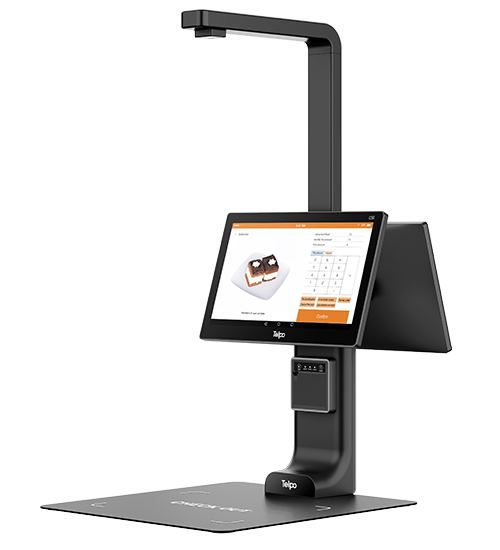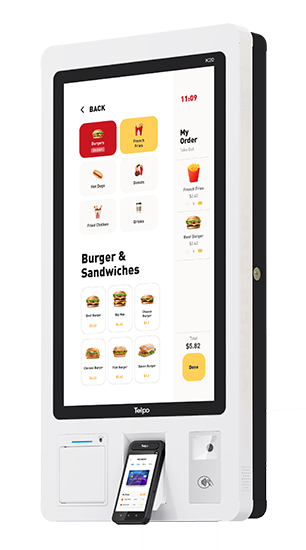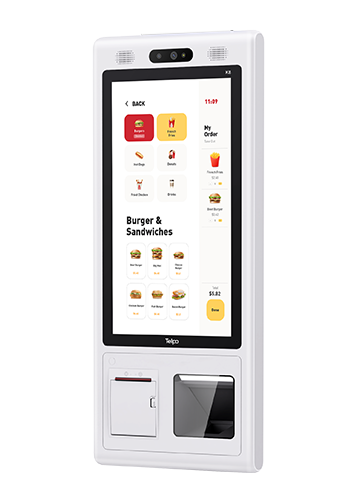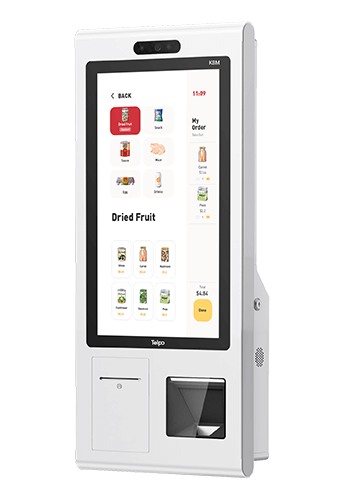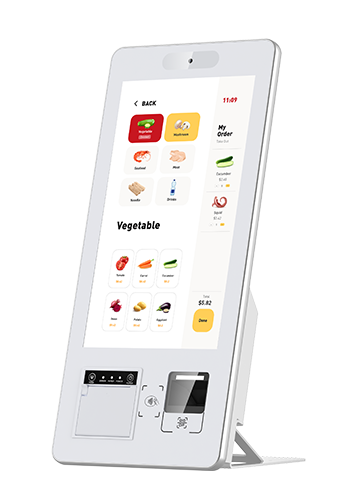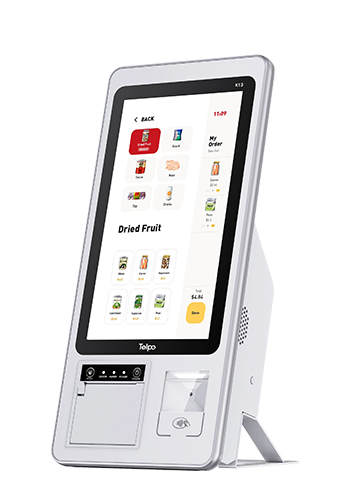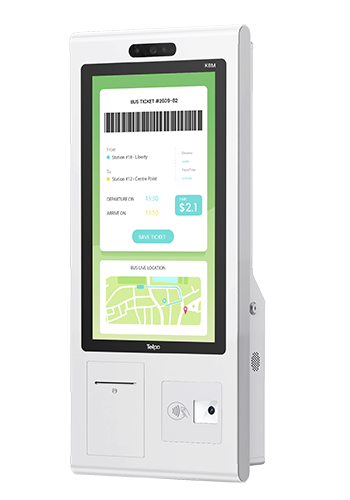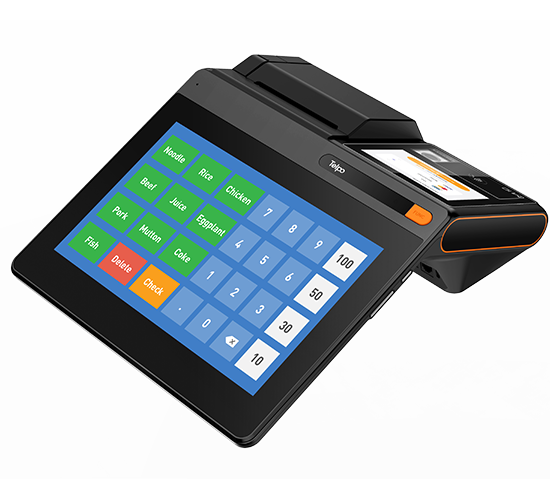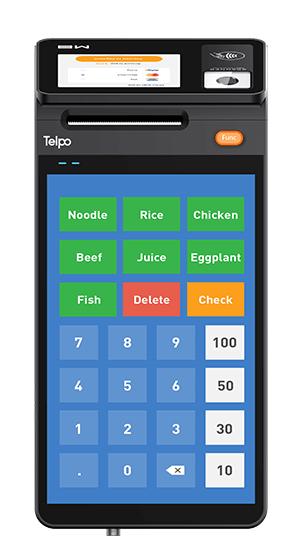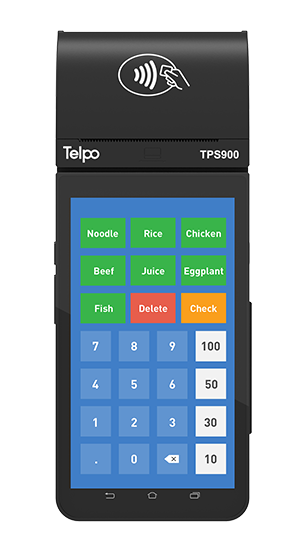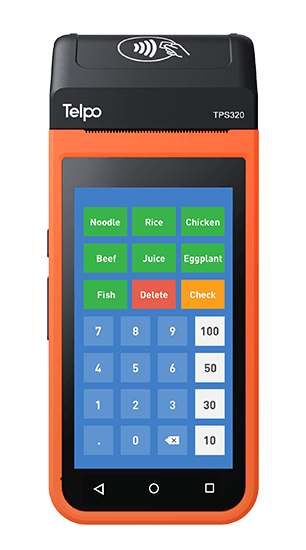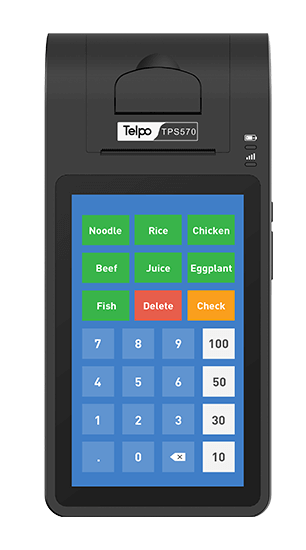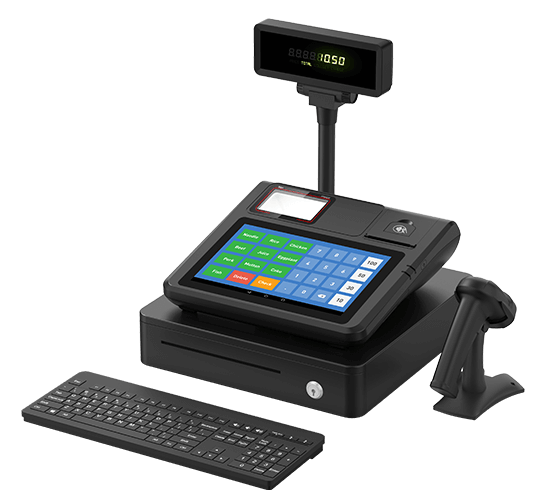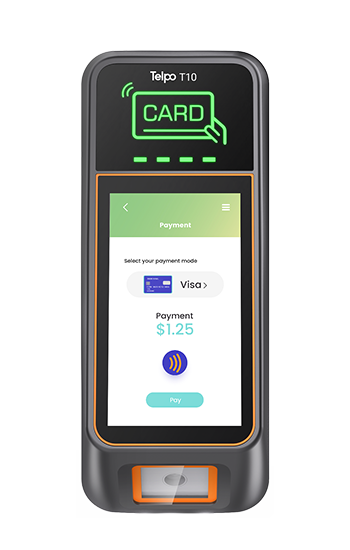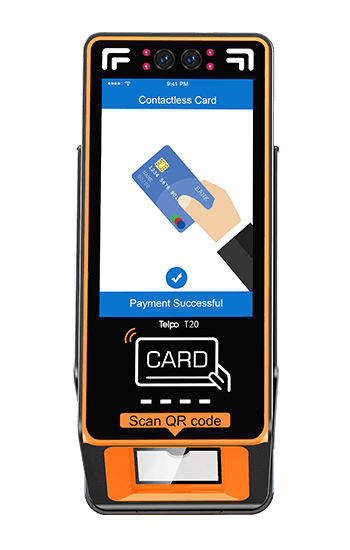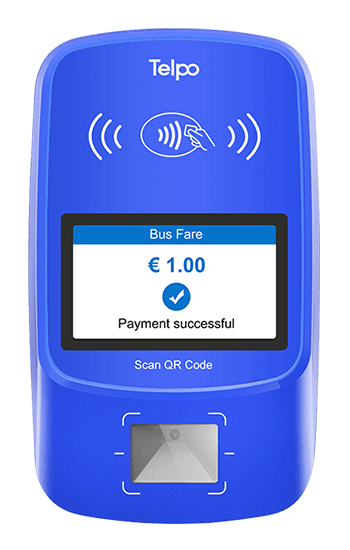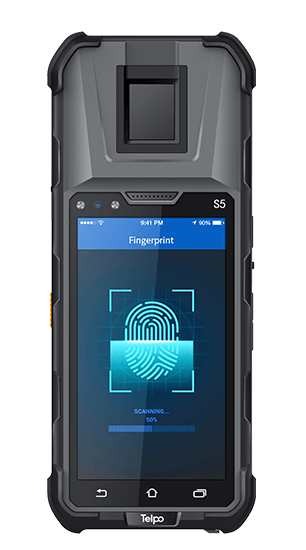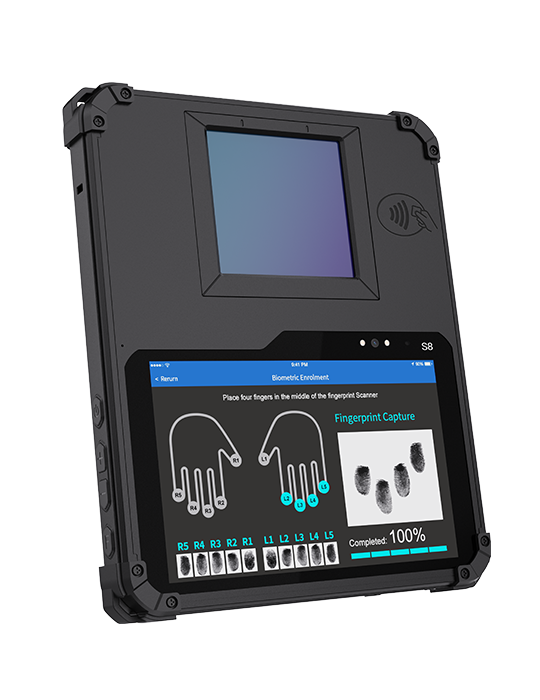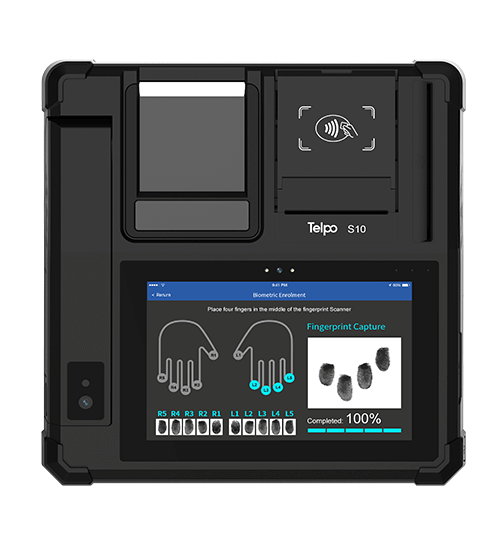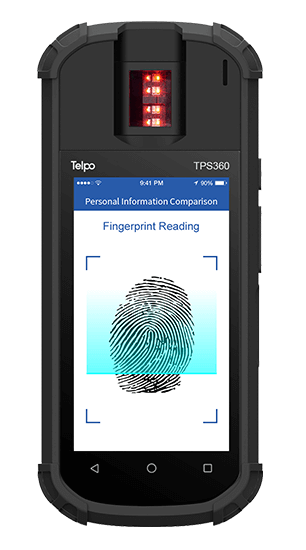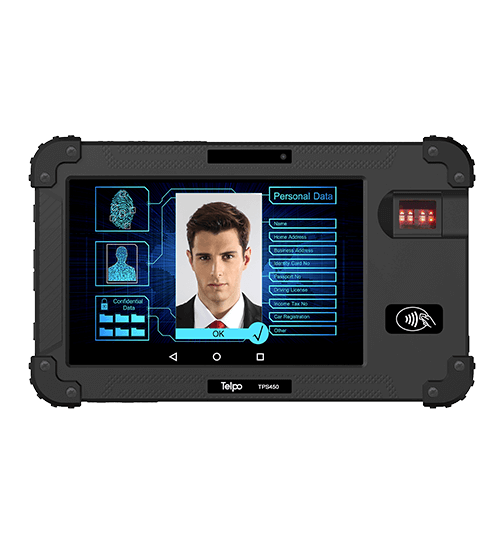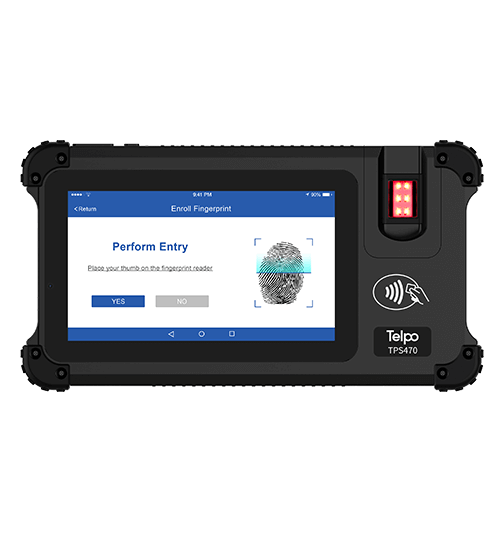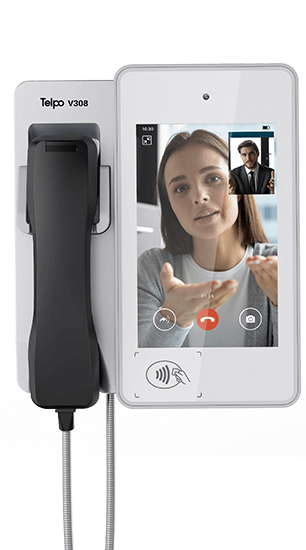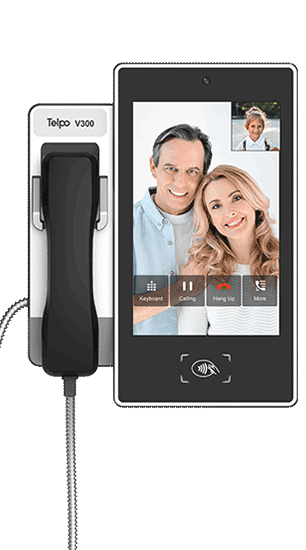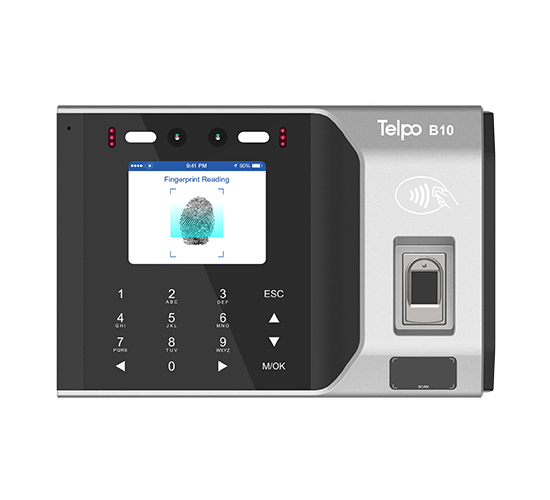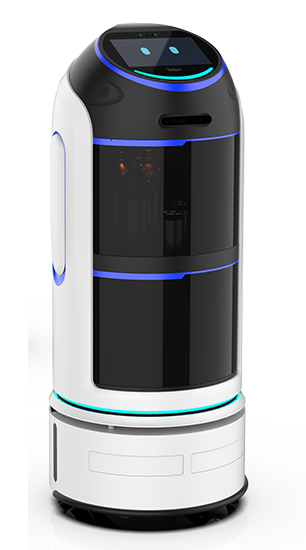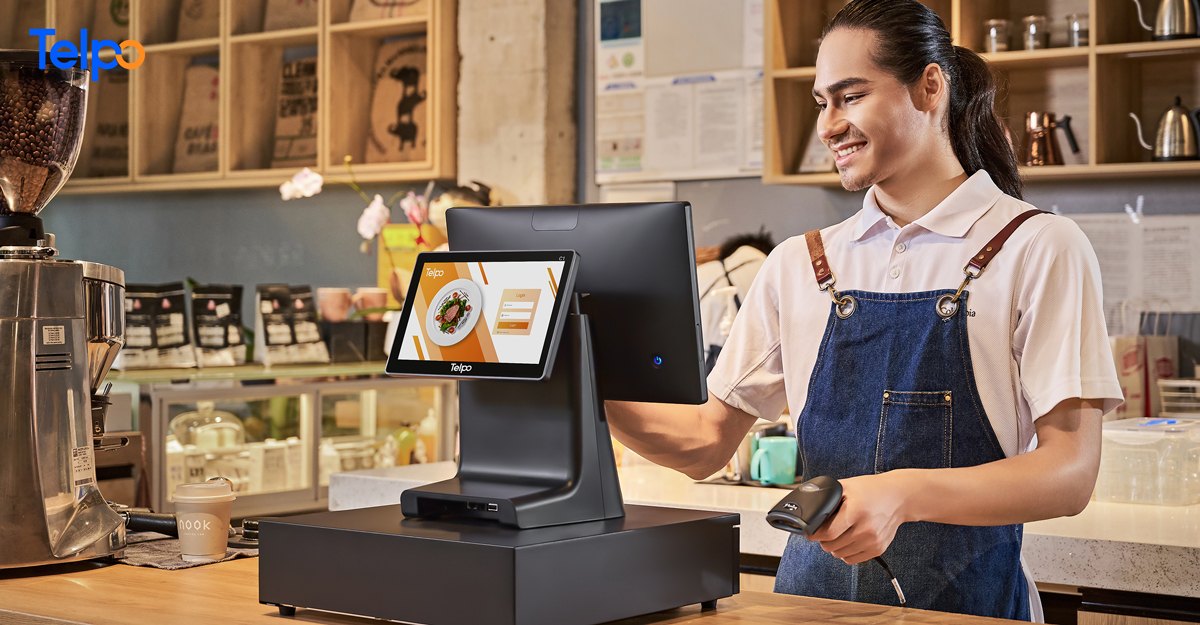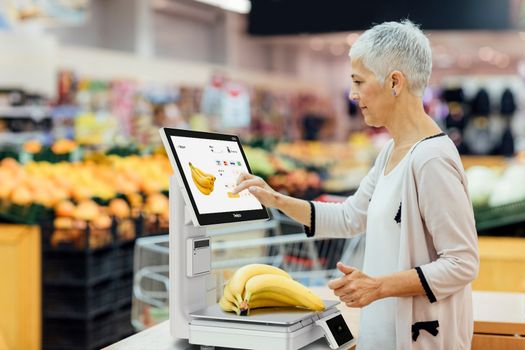POS systems are widely used in various business scenarios, such as retail, food and beverage, and hospitality, to handle payments and transactions. As digital payment and management technologies continue to advance, the POS systems hardware components are evolving to be more intelligent and compact.
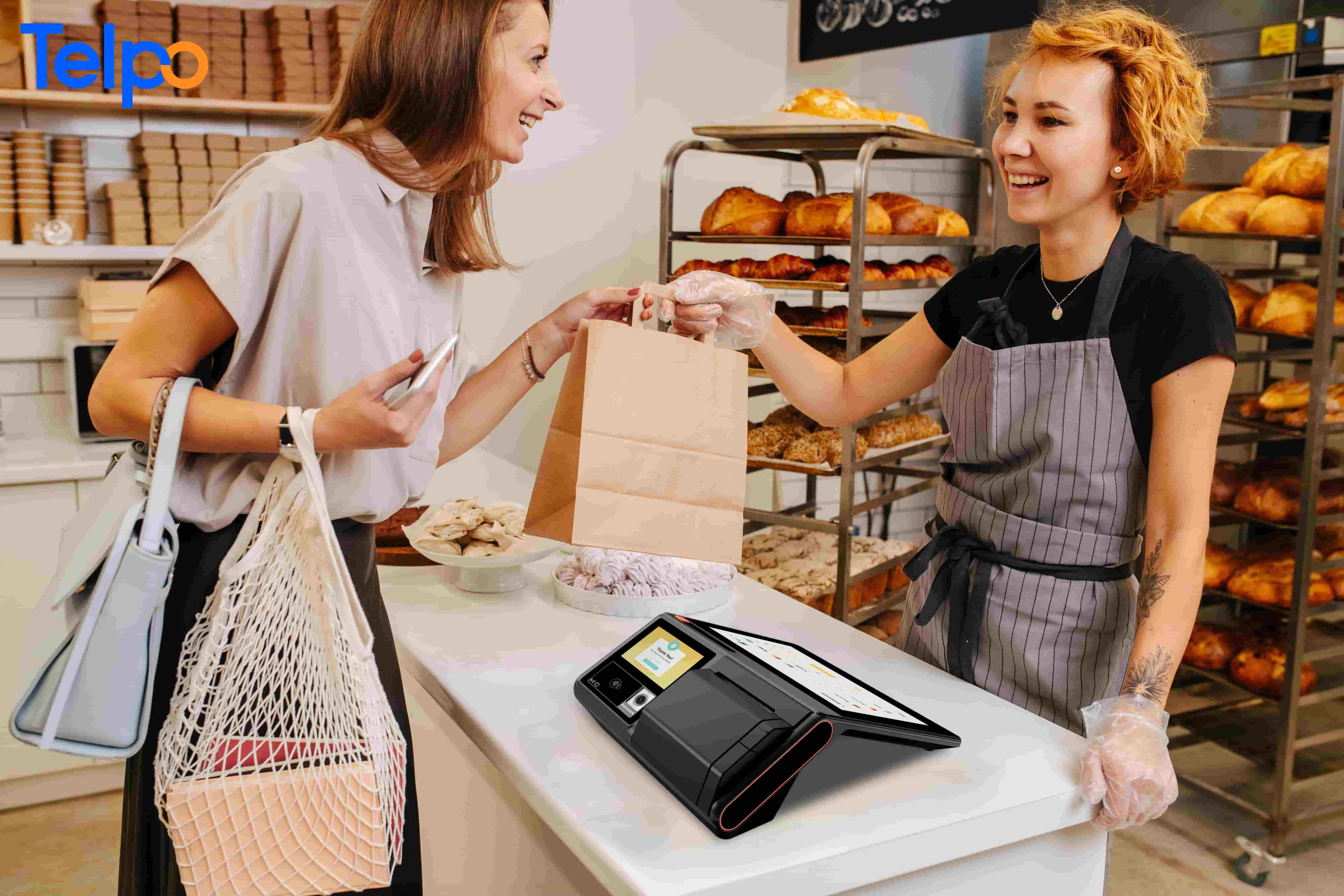
1. Common Business Scenarios for POS Systems
POS systems are essential tools for businesses to process payments and manage transactions. They are commonly used in industries including retail, food and beverage, hospitality, and entertainment.
2. POS System Hardware Components in the Food and Beverage Industry
POS systems in the food and beverage industry are crucial for managing orders, processing payments, and tracking inventory. The hardware components commonly used in this industry include:
Display screen: It shows menus, orders, and special requests.
Touchscreen POS: Waitstaff can input orders and process payments using the touchscreen interface.
Printer: It prints invoices, orders, and kitchen tickets.
Card reader: It accepts credit card payments.
Cash drawer: It securely stores cash.
Kitchen Display System (KDS): It facilitates real-time communication between the front counter and the kitchen.
These components work together to enable efficient order processing, payment handling, and sales record-keeping for food and beverage businesses.
3. POS System Hardware Components in Fresh Food Retail Stores
In the retail industry, POS systems play a vital role in managing sales transactions, inventory, and generating sales reports. Fresh food retail stores often require additional hardware components to meet their specific needs. Here are some common components:
Display screen: It shows orders and product information.
Touchscreen: Customers and store clerks can interact with the system.
Printer: It prints sales receipts, invoices, and receipts.
Barcode scanner: It quickly scans product barcodes.
Payment terminal: It accepts various payment methods, including credit cards and mobile payments.
Electronic scale: It is a touchscreen-enabled scale linked to the cash register system for real-time weighing and charging.
These components allow for efficient product scanning, weighing, order processing, and payment handling in fresh food retail stores.
4. Changes in Hardware Components for New Automated POS Systems
Advancements in automation technology have led to changes in hardware components for new automated POS systems, providing more efficient and intelligent experiences. Some components that may be included in these systems are:
Facial recognition devices: They provide secure authentication and payment.
Self-service terminals: Customers can scan products and complete payments on their own.
AI Checkout machine: the devices can weigh and identify the item automatically.
Intelligent shelves: Equipped with RFID sensors and identification technology to track product inventory in real-time.
Robots: They automate sorting, delivery, and inventory management processes.
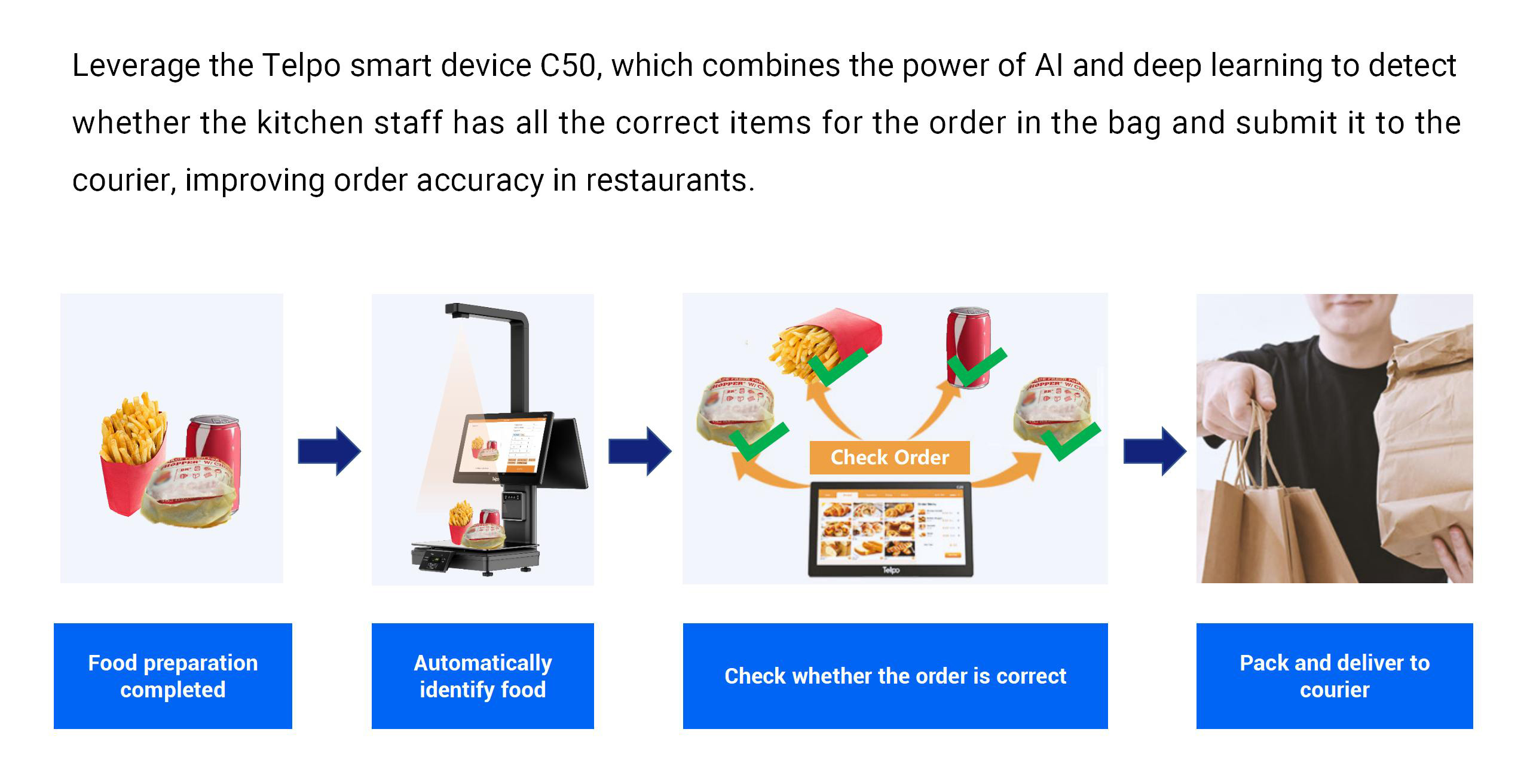
These new hardware components make POS systems more intelligent and automated, accelerating digital transformation and improving transaction speed and user experience.
5. Regional Variations in POS System Hardware Components
POS system hardware requirements may vary based on regional business environments and payment habits. For example, mobile payment usage rates are high in Asia, leading to the preference for devices such as QR code scanners and mobile payment terminals. In contrast, card-based payments are more common in other regions, necessitating POS terminals supporting EMV and PCI certifications. Additionally, specific regulations and tax requirements in different regions may influence the hardware components needed for POS systems.
Conclusion
With the advancement of digital payment and management technologies, POS systems are evolving to be more intelligent and compact. In various business scenarios, including retail, food and beverage, and emerging retail services, POS system hardware components differ and drive convenience and efficiency in commercial transactions. Reliable and high-performance hardware components, such as those offered by Telpo POS, cater to the specific needs of different business scenarios. Whether it's the retail industry, food and beverage industry, or other sectors, Telpo POS systems meet diverse requirements and provide efficient and reliable solutions.
Keywords: POS System Hardware Components, POS system hardware, Hardware components, Retail industry,Digital payment,Self-service terminals,Facial recognition,Automated systems,Intelligent shelves,Mobile payments,Card-based payments


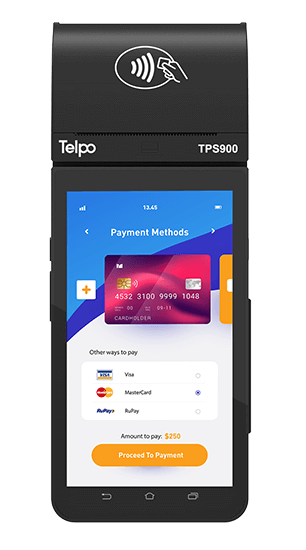
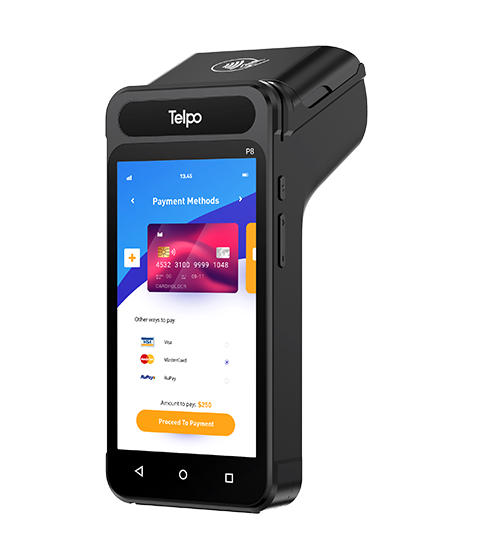


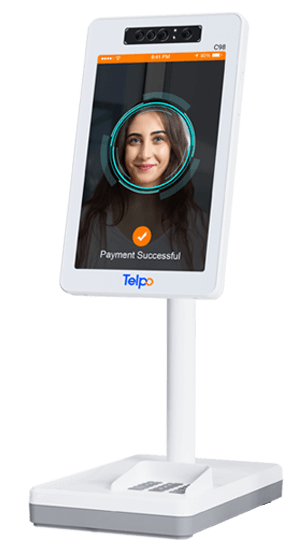
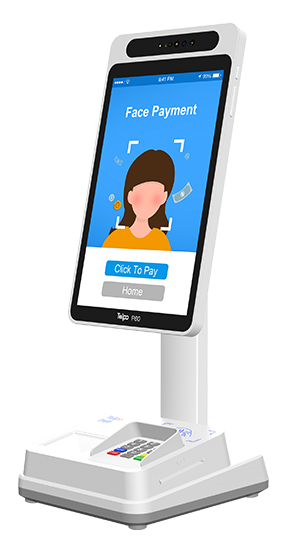
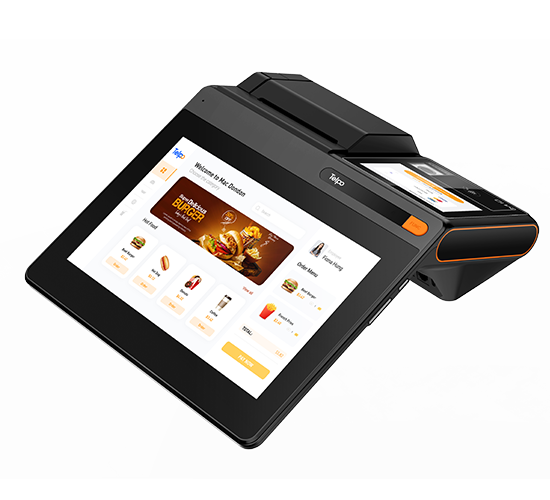
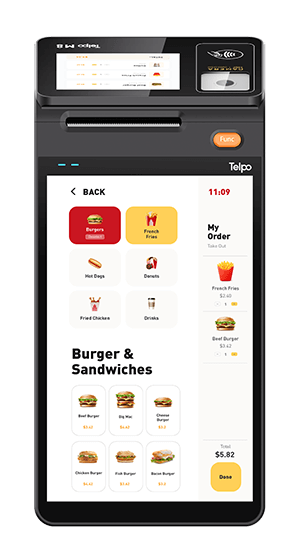
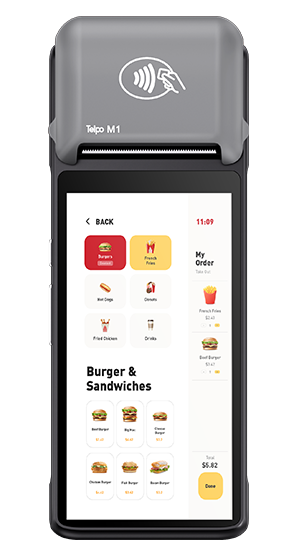
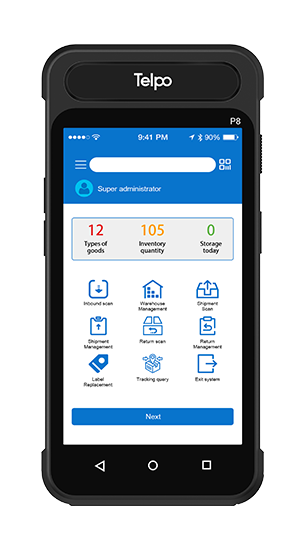
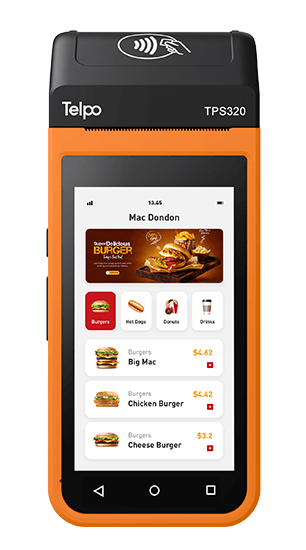
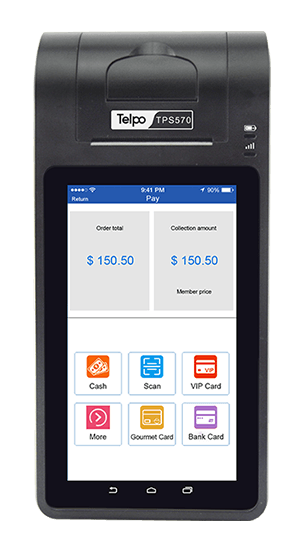
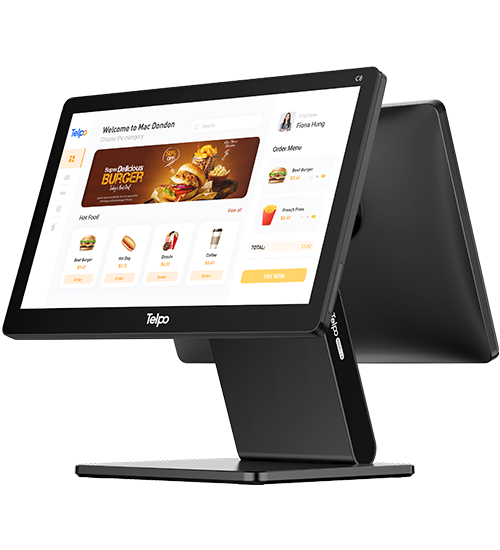
.png?VGVscG8tQzItUG9pbnQgb2YgU2FsZSBUZXJtaW5hbCA=*2023/07/Telpo-C2-80-printer-550.png?VGVscG8tQzItUG9pbnQgb2YgU2FsZSBUZXJtaW5hbCA=*2023/09/C2-printer-250.jpg?VGVscG8tQzItUG9pbnQgb2YgU2FsZSBUZXJtaW5hbCA=)
